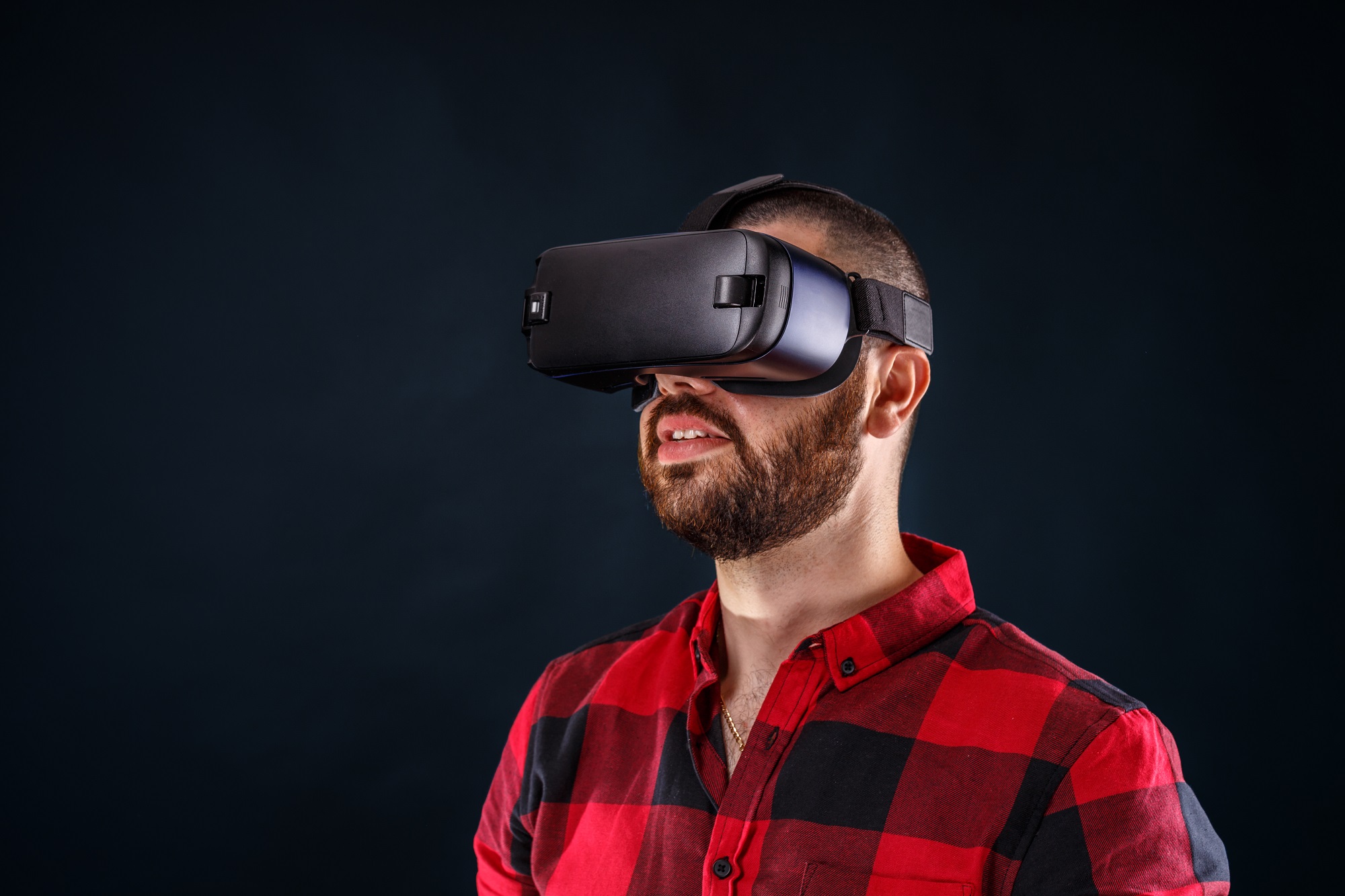https://vimeo.com/400157335
Virtual reality is still a relatively new concept in the modern world, but it is already being implemented in many areas. Recently, the medical industry has also started to show interest in the use of virtual reality. According to some new studies, physiotherapy is one particular medical area that may be able to benefit from virtual reality technology.
The Possible Role Of VR In Physiotherapy
Virtual reality technology also referred to simply as VR, now holds the potential to help patients who had previously undergone certain injuries.
Physiotherapy often involves the process of providing patients details about exercises that they can perform at their home. The idea behind these customized exercises is to help the patient throughout the recovery period.
Physiotherapists often find that patients do not adhere to the instructions that they were provided. With this in mind, there is a reduced chance of successful recovery among patients who do not adhere to the exercise program that is prescribed to them.

a man wearing virtual reality glasses
Conclusion
Recent studies suggest that the use of virtual reality may be a highly effective technique to provide patients with access to physiotherapy at home. This reduces the medical costs involved with setting up an appointment with a physiotherapist. It also allows the patient to perform appropriate movements to help with recovery in the comfort of their own home. a man wearing virtual reality glasses
a man wearing virtual reality glasses
Leave a Comment